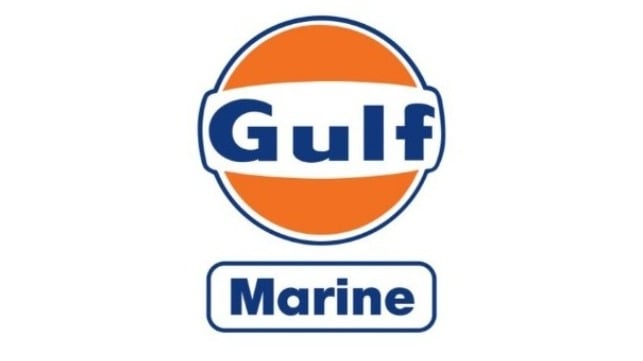Opportunities for Big Data in Vessel Industry

[By: Gulf Oil Marine]
It is undeniable that the maritime industry will continue to be driven by several key business constraints: need for greater fuel efficiency, reduction of costs for CO2 and other GHG emissions and for compliance with international and regional air pollution regulations.
At the same time there are increasing amounts of data available – cheaply. The question is: can vessels make use of such data to drive improvements, alleviating the costs of meeting the constraints / challenges that they face?
We believe that we have a system that can tap onto such “big data” to help operators to alleviate such costs. Gulf Oil Marine has teamed up with Azurtane to offer an integrated fuel and emissions monitoring system, supported by data-to-information & -insights services for ships owners and operators.
What does it mean?
Put simply: there is a solution to transform large amounts of data to useful information to enable management decisions and planning to drive improvements in marine operational efficiency and ensuring environmental emission compliance.
Data to Action
The ongoing challenge for ship operators is how to effectively utilize ‘big-data’ for making decisions. Here is where our system comes in: we are able to effectively translate the copious amount of data into useful and meaningful information & insights. This is the critical part of the services for ships owners and operators – information & insights that they can use to drive the operational improvements.
Fuel Consumption Measurement
The above chart illustrates fuel consumption versus speed over the ground collected from a bulk carrier. Fuel consumption and speed data recorded used to produce ‘mean’ (average) performance curves for the vessel. The data are spilt into voyages from which performance curves for the ship can be derived. Not removing large amounts of data enables the discounting of external factors such as weather and sea-state to gain a true assessment of vessel performance.
Fuel consumption for a given speed varies if vessel in ballast or loaded, on weather and sea conditions – data recorded over a number of months balances these effects. Fuel consumption for a given speed also depends on cleanliness and condition of hull and propeller.
From the apparent complexity of data, the vessel’s actual operations against the performance curves can be derived and monitored, providing regular management reporting and information the ship operator needs. The efficiency action plans focusing on areas of operation where data shows potential savings, can also be developed.
The performance curve “O” prior to drydock. The performance curve “N” some 8 months after docking during which hull was blasted and re-coated. The savings are indicated in the table below. Monitoring always saves money.
Optimisation & Benchmarking
Optimisations become available. The trend line indicates increasing excess fuel consumption i.e. deteriorating hull and propeller condition. With data acquisition every 10 seconds, this will give early indicator of hull fouling. The optimum time to have hull cleaned, based on excess fuel consumption trend i.e. the rate at which the hull is fouling, factoring cost of cleaning & downtime, etc., can be calculated.
Also using the ‘ship as a monitoring instrument’ adjustments to speed can be made during the voyage depending on prevailing sea conditions. The optimisation to save fuel costs/reduce CO2 while maintaining ‘constant transport work’ i.e. meeting scheduled time of arrival can potentially deliver up to 5% fuel savings.
Benchmarking is also possible, for instance, inter-comparison of sister ships or vessels with similar trading patterns or monitoring and comparing the performance of ship’s staff in terms of efficient vessel operations.
The graph illustrates the propellor curve of identical sister ships on principally similar trades. Vessel “A” consumes significantly more fuel than vessel “Z”. This amounts to hundreds of tonnes of extra fuel, CO2 emissions and unnecessary additional operating cost to the charterer.
Beyond Fuel Consumption
We have not indicated another capability here: CO2 emissions avoided. Which is really where we demonstrate how environmental improvements can be driven from existing assets through better, environmentally friendlier, and more efficient operational improvements.
Conclusion
We have shown some cases where big data can be used effectively for vessel operations; we are sure that there are many other ways for vessels to use big data. Big data which has served many industries well, can and should be better utilised by the marine industry.

that matters most
Get the latest maritime news delivered to your inbox daily.
Already there is much to be learnt from other non-related and related industries that are much further ahead in the use of big data, for instance, land transportation systems. Also, as more vessels start using big data, there will be much better understanding and knowledge within the maritime industry, pushing further the expertise of developing insights for vessels. Translating these in more prosaic terms: vessels will be able to drive more operational savings at even lower costs!
The products and services herein described in this press release are not endorsed by The Maritime Executive.
